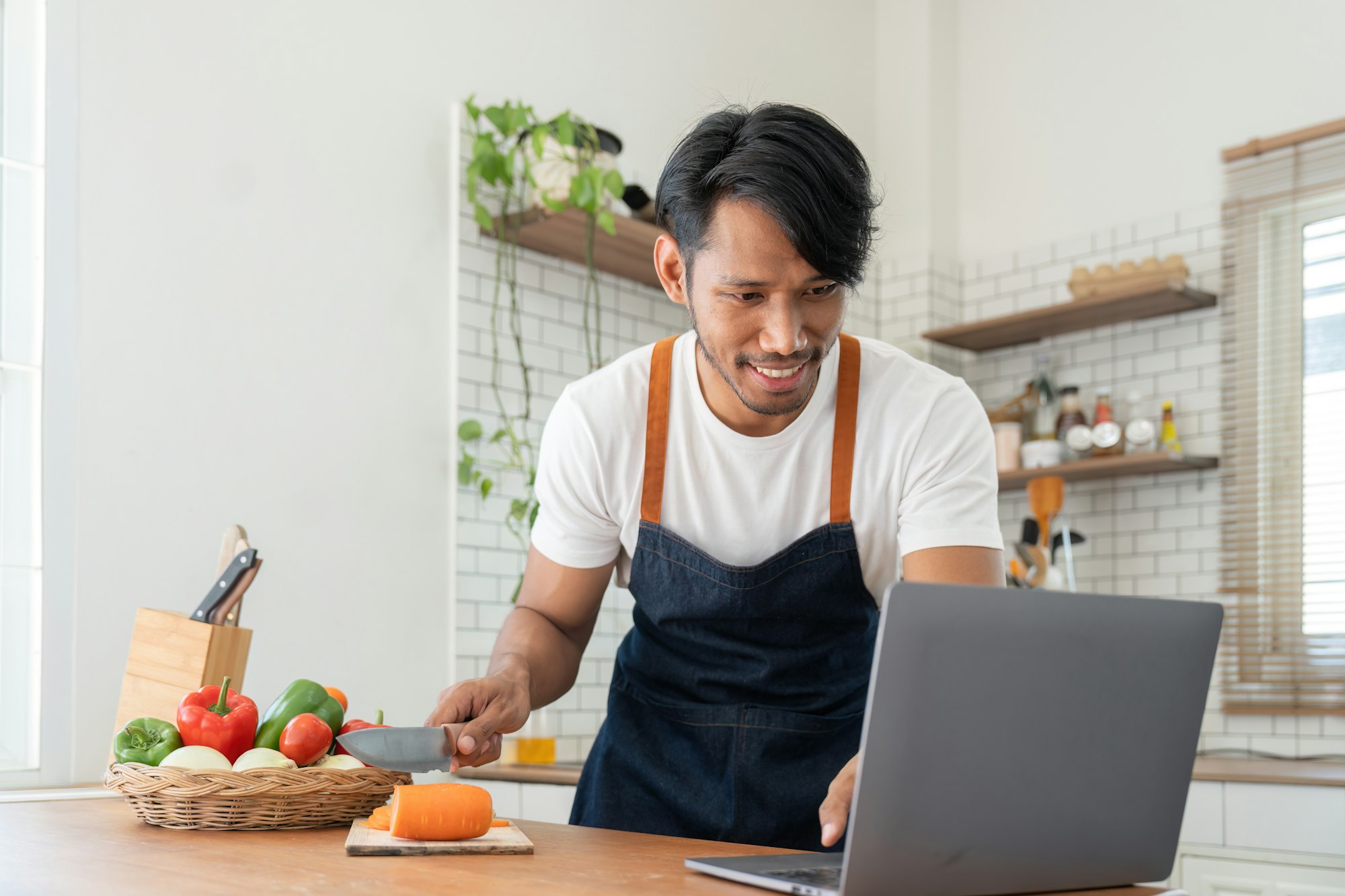Artificial intelligence (AI) is popping up in every corner of our lives, and now it’s trying its hand at cooking. While AI chefs have whipped up some surprisingly tasty dishes, they’ve also served up some real flops that nobody would want to eat.

What’s the Idea with AI and Cooking?
AI in cooking uses big data—like tons of recipes, flavor combos, and cooking techniques from all over—to try and come up with new dishes that no human might think of. The hope is that this could lead to some exciting, innovative meals.
When Things Don’t Pan Out
But experimenting with AI in the kitchen doesn’t always work out. Sometimes, you get weird dishes like “beef soup with chocolate” or “pasta with jam.” These odd combos can be a tough sell, even for the most daring eaters, because AI doesn’t really get what flavors go well together or what people in different cultures like to eat.
What’s Holding AI Back?
A big issue is that AI can’t taste or smell anything. It can crunch numbers and spot trends, but it doesn’t know what its creations actually taste like. This lack of sensory input is a big drawback, leading to dishes that sound good on paper but taste weird in reality.
Some Interesting Attempts
Despite the misses, there have been some quirky and interesting dishes like “curry lemonade” or “chocolate hummus” that have gotten mixed reactions. Chefs acknowledge that while it’s cool to see new ideas, cooking really needs a human touch—for intuition and to make sure everything tastes right.
What’s Next?
AI is only going to get better at cooking as it learns and as technology improves. Maybe one day, with better tools to simulate taste and smell, AI will make food that’s consistently good. But for now, the human touch in cooking—combining art, science, and emotion—is something AI can’t replicate.
AI’s cooking adventures show how far technology can go and what it still has to learn. Whether a recipe is a hit or a miss, it all adds up to the growing relationship between tech and the culinary arts.

FAQ: AI and Cooking
1. Can AI really create new recipes?
Yes, AI can create new recipes by analyzing vast amounts of data, including existing recipes, flavor profiles, and cooking techniques. It uses this information to combine ingredients and cooking methods in ways that haven’t been tried before. However, while AI can generate unique recipes, the success of these recipes in terms of taste can be hit or miss.
2. Why do some AI-created recipes taste weird?
AI-created recipes sometimes taste weird because the AI lacks the ability to taste and smell the dishes it designs. It operates solely on data and algorithms, which means it can suggest theoretical flavor combinations that don’t always work well in practice. This can lead to unusual pairings like “beef soup with chocolate” or “pasta with jam.”
3. Will AI replace chefs in the kitchen?
While AI can assist in the creative process by suggesting new and innovative recipes, it is unlikely to replace human chefs entirely. Cooking is not only about combining ingredients but also involves intuition, sensory experiences, and a deep understanding of cultural preferences—qualities that AI currently cannot replicate. Human chefs are still essential for making adjustments, tasting, and adding a personal touch to dishes.
Sources The Guardian


